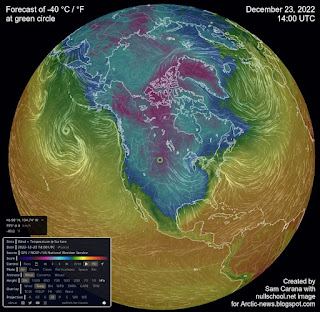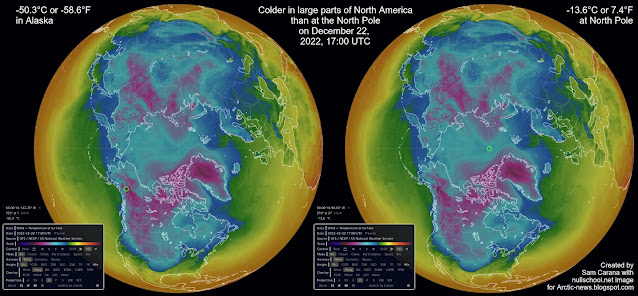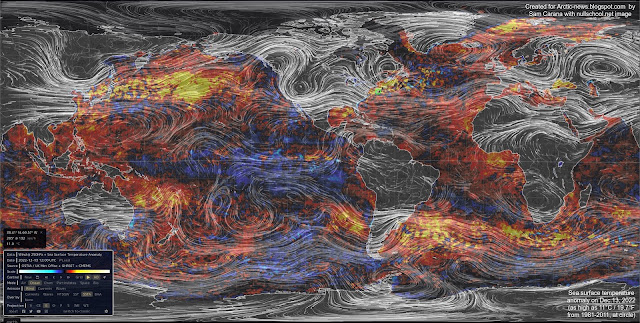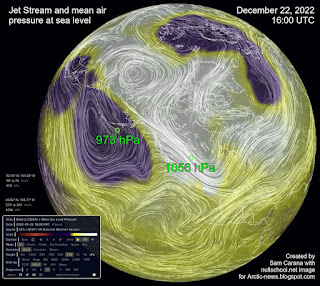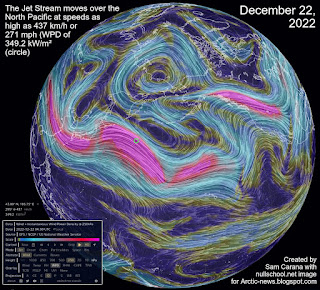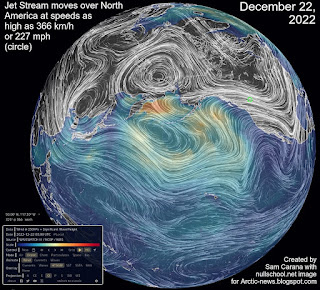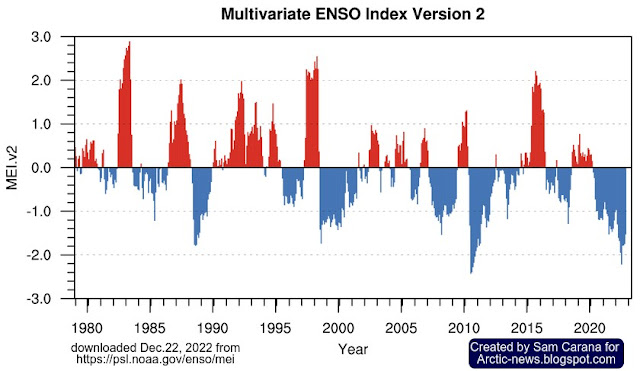Should Thames Water be allowed to fail ?
Thames Water, the UK’s largest water provider with nearly 16 million users, is currently facing serious financial issues. Should it be allowed to fall into administration?
As of December 2024, the company’s debt exceeded £19 billion, raising questions about its operational viability and the likelihood for government intervention.
It recorded an operational deficit of £189 million in the first half of 2024, attributable to pollution penalties, consultancy payouts, and losses on inter-company loans. The corporation also faced exceptional charges of £465 million, including a £104 million provision for anticipated fines and a £40 million restructuring program.
This significant debt burden has stretched its financial resources, limiting its capacity to invest in critical infrastructure projects. Thomas Water has stated that it may run out of money by March 2025.
A 40% increase in pollution events has resulted in substantial fines, severely stressing the company’s budget. Thames Water was fined £18.2 million by Ofwat in December 2024 for violating dividend regulations on payments made in 2023 and 2024. Ofwat also stated that it will “claw back value” to recover £131 million of the payments.
Should Thames Water be allowed to fail ?
Thames Water is currently seeking permission for a potential £3 billion financial rescue package to address its current financial challenges – but will a new bail-out be merely “kicking the can down the road” ?
As an alternative, going into administration would support a full restructuring of the company’s operations, allowing a greater focus on efficiency and service quality without the immediate strain of debt commitments. This procedure then gets an opportunity to fix the root causes that have hampered the company’s performance over years of managed decline.
Administration allows the opportunity to reorganise or reduce the company’s significant debt, relieving financial pressures and creating a more sustainable economic model, thus increasing the company’s capacity to invest in vital infrastructure and environmental initiative.
A government-appointed administrator would verify that the company’s activities are in the public’s best interests, potentially leading to increased environmental compliance and customer service standards. This oversight has the potential to rebuild public trust while also ensuring regulatory compliance.
The administration of such a large utility may encourage a rethinking of the regulatory and ownership arrangements in the UK’s water industry, potentially leading to broader reforms that benefit both consumers and the environment. This may involve talks on alternative ownership arrangements, such as mutual or cooperative structures.
What are the potential downsides and risks ?
Going into administration, it will be critical to provide service continuity throughout: uninterrupted water supply and wastewater services during the transition period to preserve public health and safety.
The restructuring process will cause job uncertainty for Thames Water’s personnel, needing appropriate communication and support measures to address employee concerns.
To the financial markets, allowing a large utility to fall into administration might have a broader impact on investor confidence in the UK’s regulated industries, potentially influencing future investment and financing in the sector.
It will be critical to strike a compromise between Thames Water’s immediate requirements and the industry’s overall stability but the question remains: why shouldn’t Thames Water be allowed to fail and give us an opportunity to reset and renew, as a template for the UK water industry going forward, utilising a new mutual or cooperative model ?

